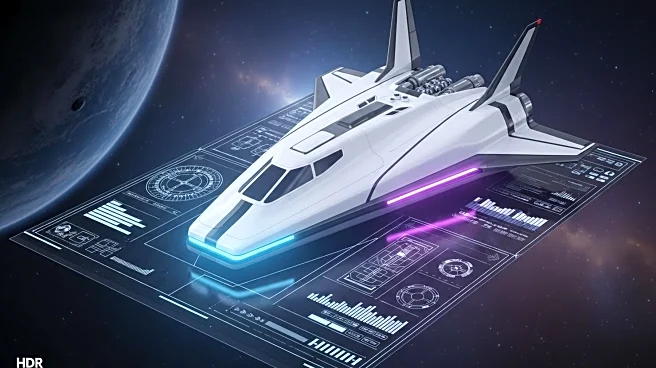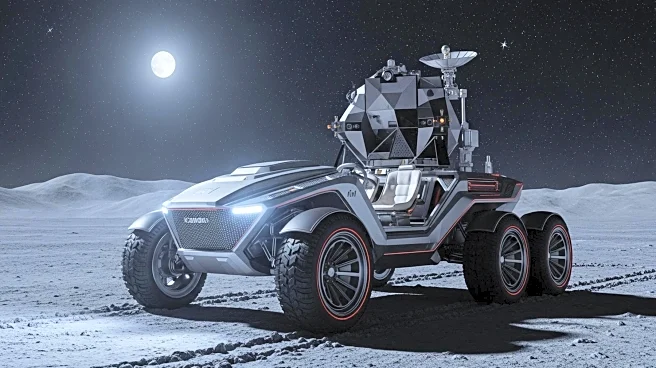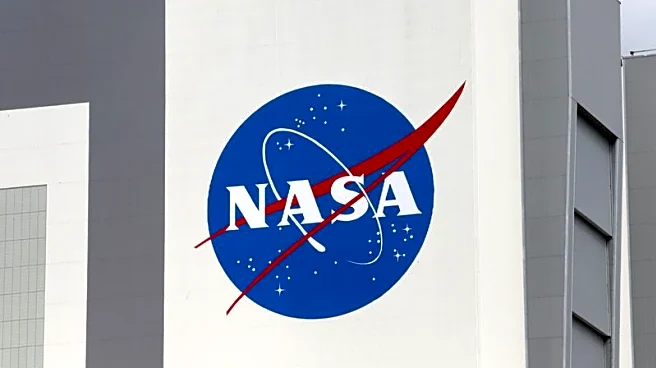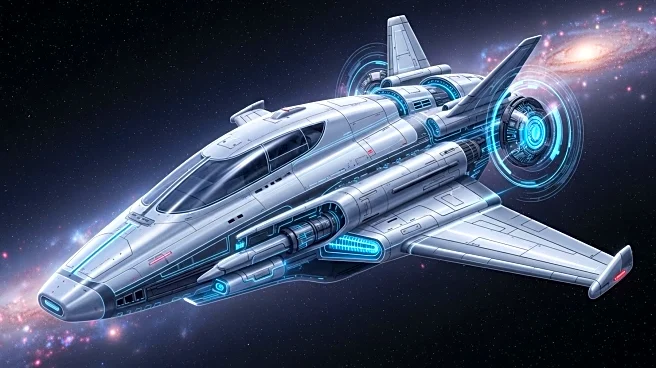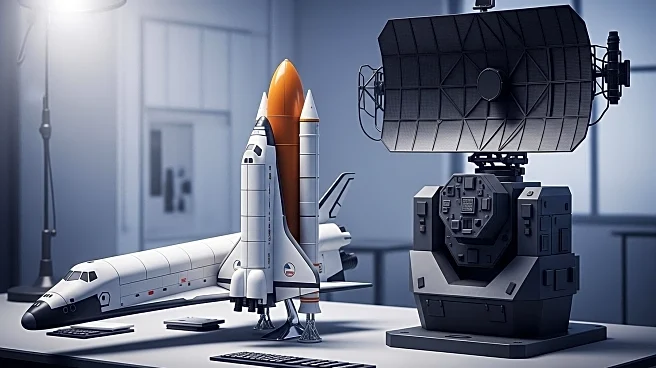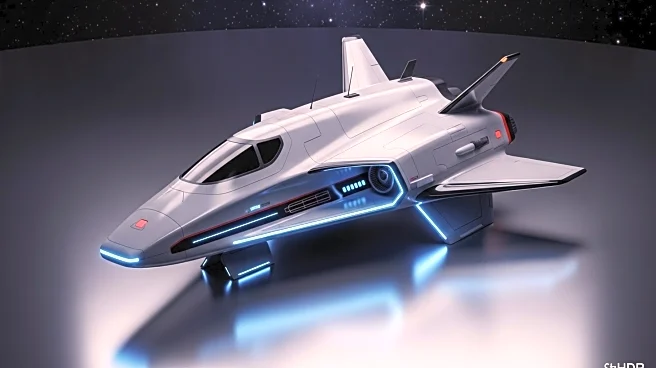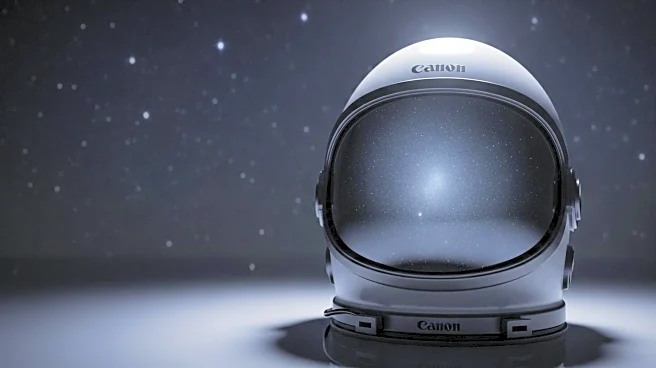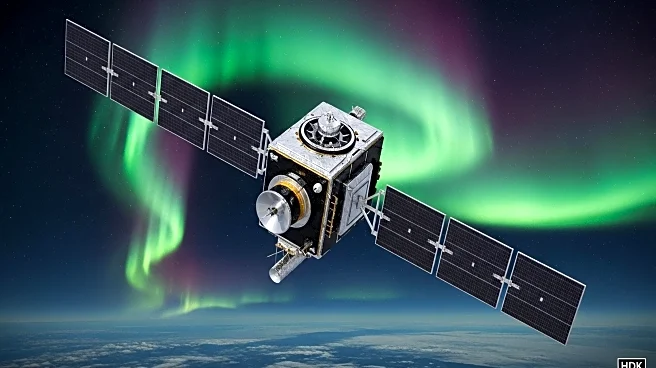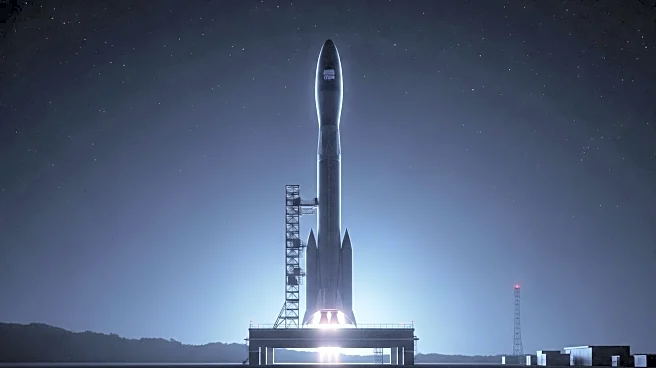What is the story about?
What's Happening?
NASA has chosen Proteus Space to conduct a Rapid Spacecraft Conceptual Design Study, leveraging the company's MERCURY™ platform. This 45-day initiative will focus on systems engineering, mechanical and structural design, orbital operations, and lifecycle costing, including decommissioning. Proteus Space's MERCURY™ platform aims to transform traditional satellite design processes, which are often slow and error-prone, into a rapid, automated computational design system. The study will produce a multi-mission spacecraft conceptual design that promises enhanced mission performance, faster launch timelines, reduced costs, and improved reliability. Proteus Space's approach includes tradespace visualization, CAD modeling, structural analysis, orbital design, and cost estimation, tailored to NASA's multi-payload requirements.
Why It's Important?
The selection of Proteus Space by NASA underscores the growing importance of rapid and reliable spacecraft design in the current technological landscape. As space exploration and satellite deployment become increasingly competitive, the ability to quickly and accurately design and prototype spacecraft is crucial. Proteus Space's MERCURY™ platform offers a solution that could significantly reduce the time and cost associated with satellite development, benefiting both government and commercial space programs. This advancement could enhance the United States' position in the global space race, providing a strategic advantage in terms of speed and innovation.
What's Next?
Proteus Space's collaboration with NASA is expected to set a precedent for future rapid spacecraft design projects. The success of this study could lead to further partnerships and contracts with government agencies and commercial entities seeking efficient and cost-effective satellite solutions. As Proteus Space continues to demonstrate the capabilities of its MERCURY™ platform, it may attract more interest from national security and scientific sectors looking to optimize satellite architectures and mission performance.
Beyond the Headlines
The integration of AI and automated computational engineering in spacecraft design represents a significant shift in the industry. This approach not only accelerates the design process but also minimizes human error, potentially leading to more reliable and innovative satellite solutions. As Proteus Space's technology gains traction, it could influence broader industry practices, encouraging other companies to adopt similar methodologies to stay competitive.
AI Generated Content
Do you find this article useful?
